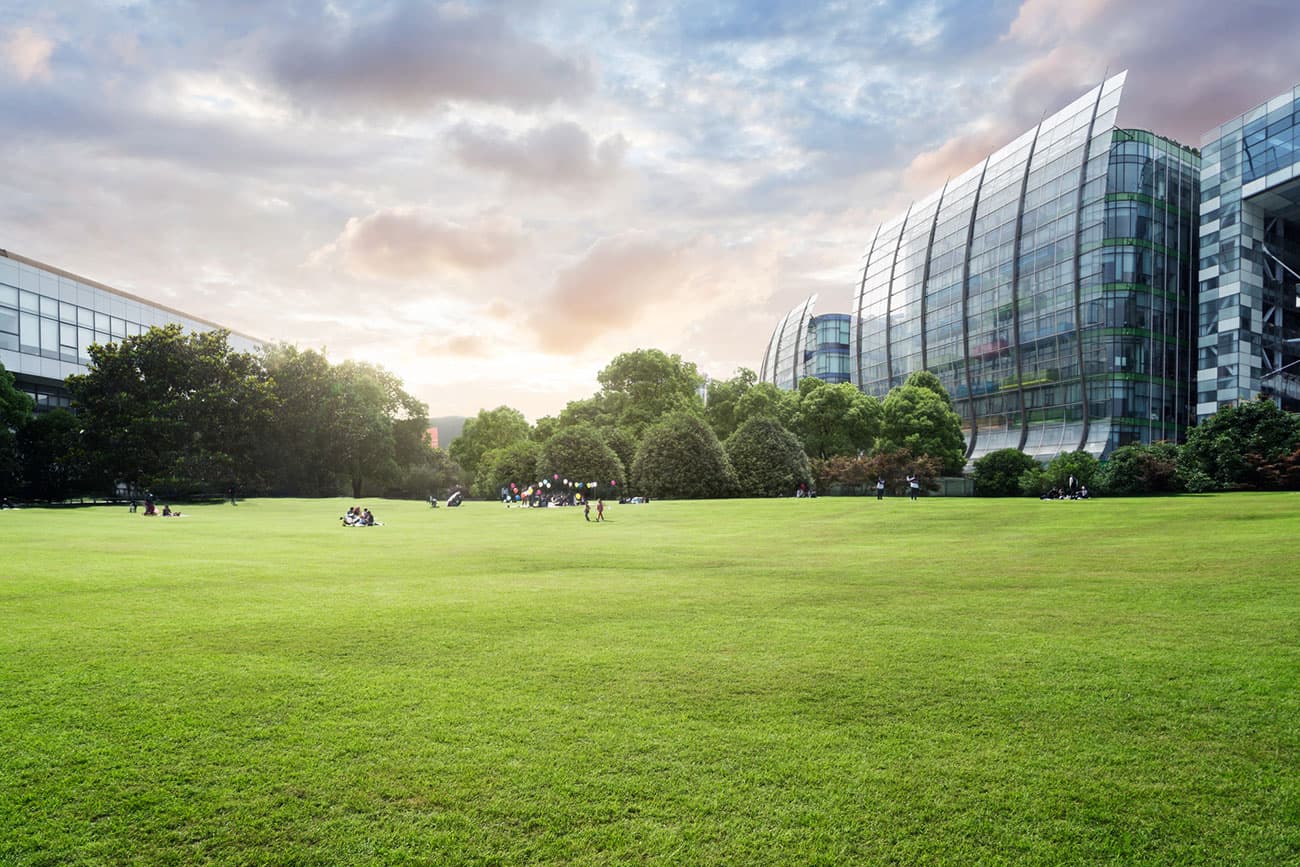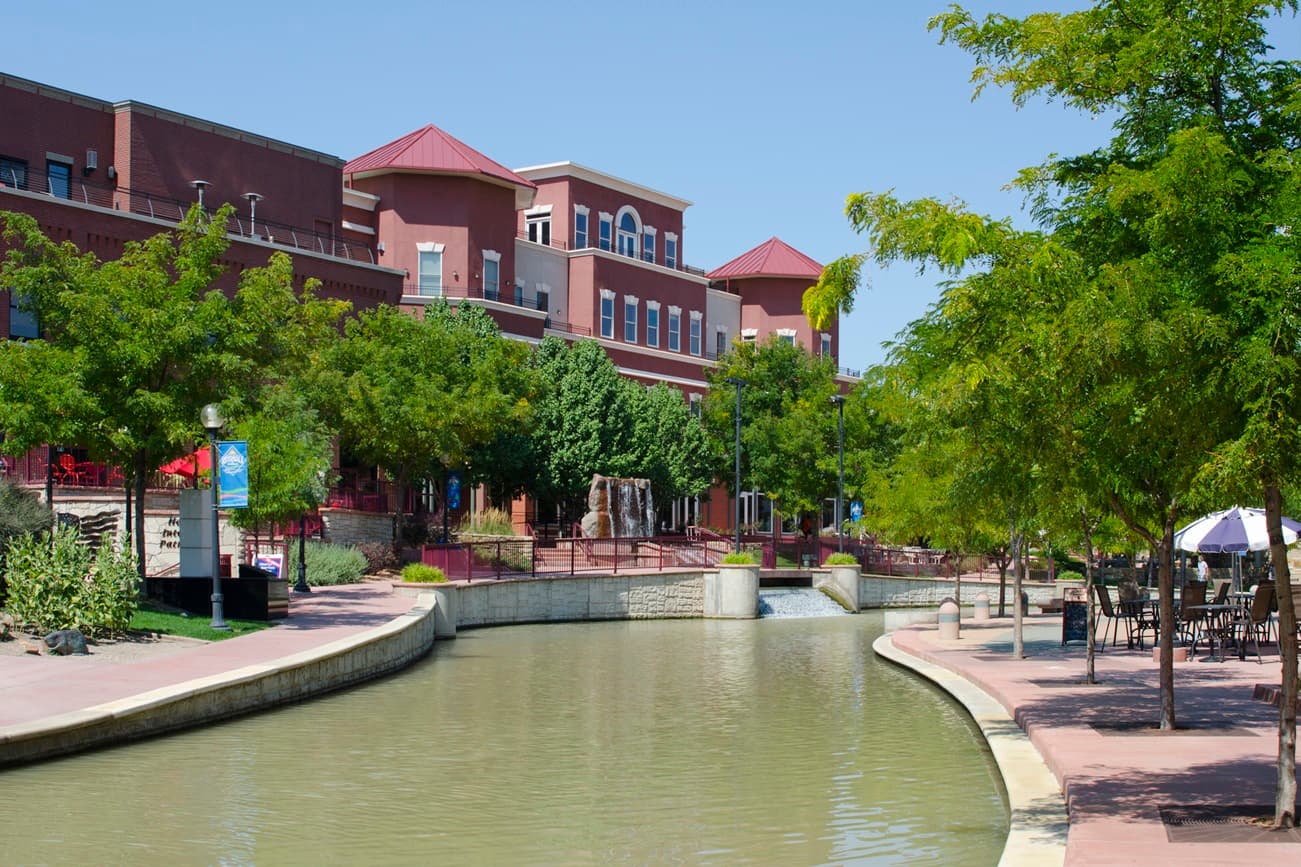Chances are, the town in which you grew up or to which you recently moved didn’t always look like it does now. There was a rationale to where settlements sprang up, but land-use patterns in the early days of our nation started out haphazard, centering on the transportation technology of the day. Transportation infrastructure has always been important, be it an ocean, a river, a railroad, a road, and an airport, or perhaps someday soon, a rocket launchpad.
Thus, as the mass of buildings grew and infrastructure developed, setting order to the layout of our structures seemed like a good idea. In the early days of urbanization, the hodgepodge approach started to reveal cracks and negative impacts that needed a remedy. So, some sort of organized system was deemed desirable, if not necessary, and zoning was born.
Now, a century on, with a national housing crisis of too few housing units leading to exorbitant prices on those that do exist, zoning has emerged as a common problem among cities, towns and rural areas alike. Density construction and conversion of old buildings are prohibited with outdated zoning and building codes.
This edition of On Common Ground explores possible remedies to the housing shortage puzzle through a variety of zoning lenses. From the origins of zoning to innovative strategies aimed at creating more housing and finding new uses for office buildings that no longer serve their original purpose.
To figure out what we need and where we need it, citizen engagement is more important than ever. The pandemic years forced an innovation in strategies to gather the thoughts and priorities of the people who live in a community, and these techniques are yielding input that is more thorough and equitable than we have ever had. These collective voices will be reflected in the buildings, what they contain and how they are arranged, community by community.
In this issue, we also discuss form-based codes and how that innovation has lived up to its promise and talk with Andrés Duany about his thoughts on where zoning might go from here. And, because land use and transportation go hand-in-hand, we take a fresh look at the Complete Streets movement, how it is faring and what types of zoning are necessary in an environment where all modes of transport are accommodated.
At the end of the day, the structures we are building today will likely be around for many generations. We have learned a lot about how to make zoning work for us in a durable and resilient way. This is particularly true as we sit on the cusp of an era where land use will need to take into account the various challenges of climate effects, ever-changing technologies to create the energy we live on, and the negative impacts of sprawl on our aging infrastructure. Transformation is on the way.












